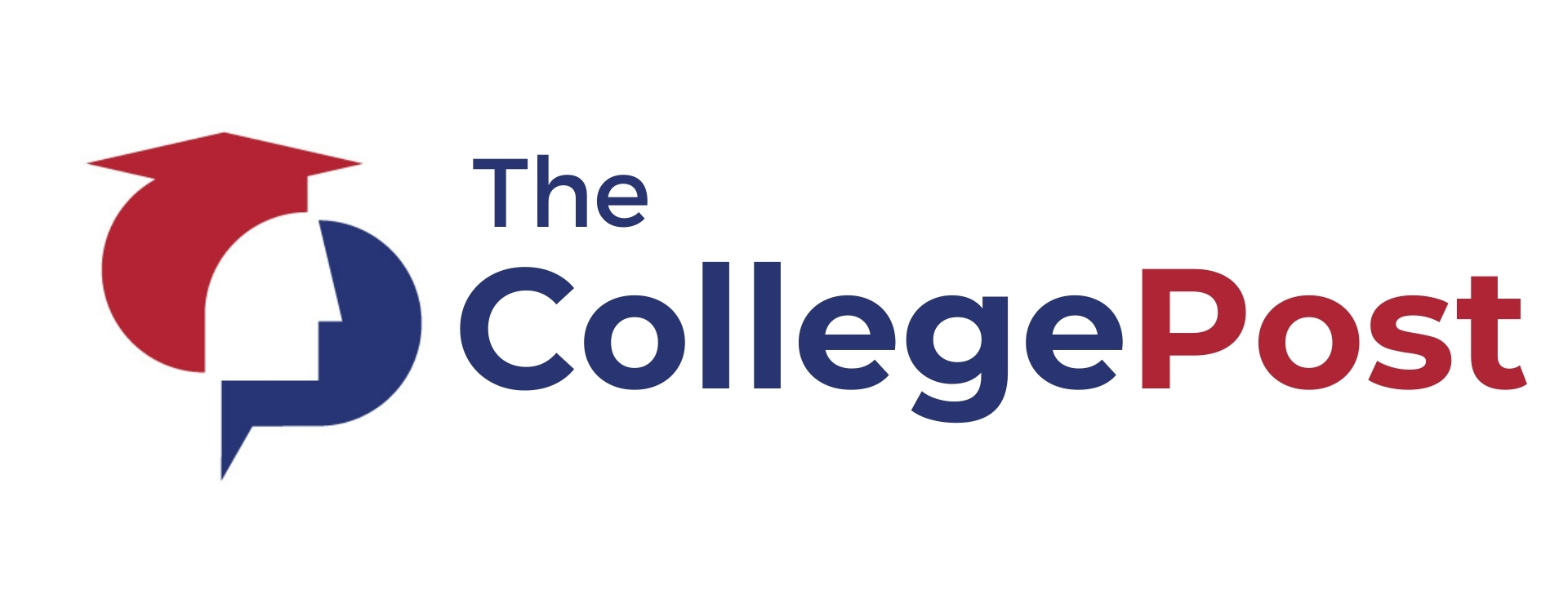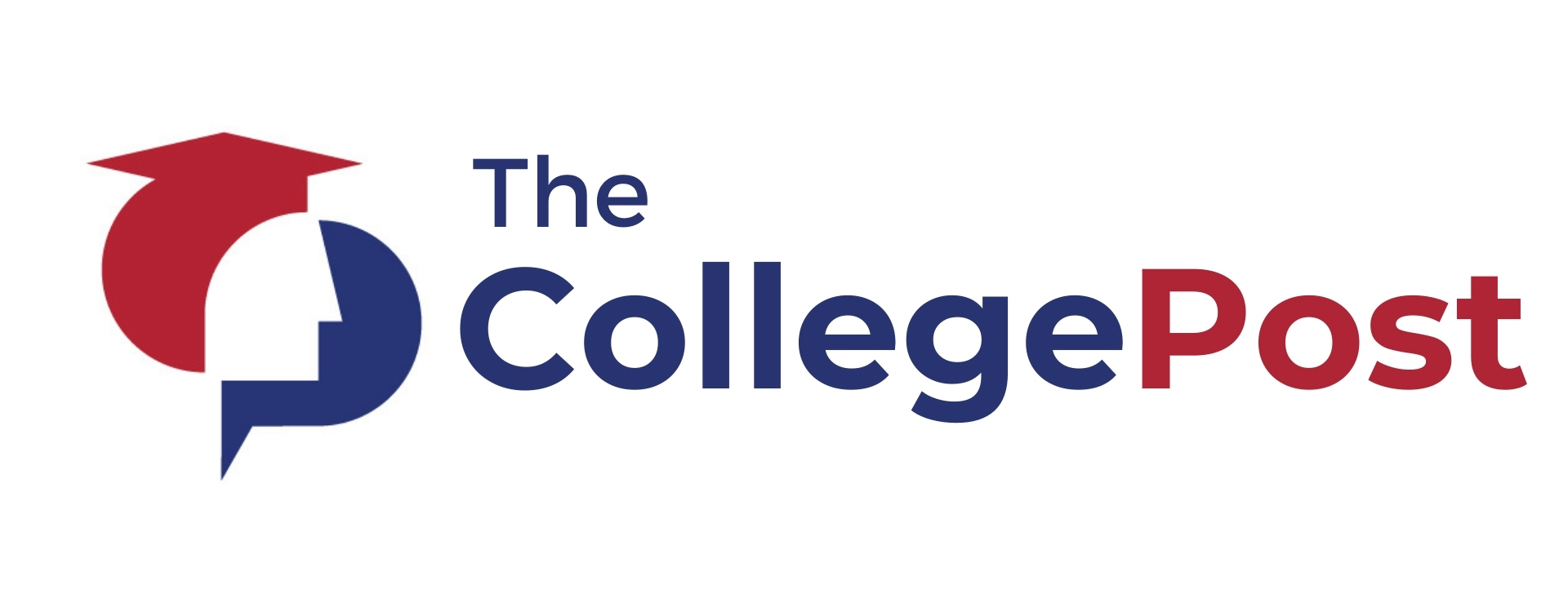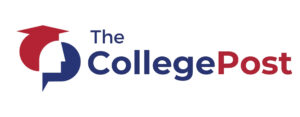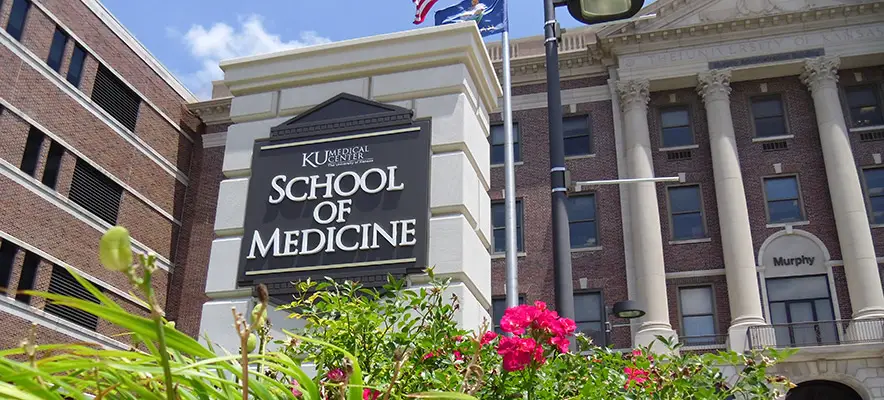Graduate students enrolled in public institutions owe more in federal student loans than their undergraduate peers, according to a Study Loan Hero report.
The report surveyed various public schools across the nation and compiled a list of top ten schools that leave students most in debt. Out of the top 10 higher education institutions, eight were medical schools.
University of Tennessee Health Science Center tops the list with its students graduating with an average federal loan debt of $25,373. There is a huge gap between the loan amount owed by graduate and undergraduate students. The former owes $32,071 in unsubsidized Direct loans including an additional $17,413 in Grad PLUS loans, while the latter is only left with $5,410 in student loans.
“Part of this might also be due to the fact that federal Direct loans for graduate students have much higher borrowing limits than those for undergrads. Plus, grad students can borrow even more in the form of Grad PLUS loans, which effectively have no maximum borrowing limit,” the report said.
The Medical University of South Carolina and the University of Maryland rank second and third respectively, with significant student loan burdens between $22,531 and $24,740.
On the other hand, community colleges and vocational schools like Belmont College, West Virginia Northern Community College, and Ozarka College rank on top as places where students are least in debt. On average, students borrow between $1,638 and $2,079 in federal loans to pay for these colleges, but the number of such recipients is less than 500 for each school.
“This relatively small amount of debt seems worth it, too, since associate degree holders earn about 20% more on average than Americans with just a high school degree. Some students also choose the “2 + 2” route, which involves earning their associate degree at a community college and then transferring to a four-year college to earn their bachelor’s,” the report read.
Other reports have indicated that the pool of student loan borrowers is rising across the country. Among 2015–16 first-time bachelor’s degree recipients, 67.4 percent had student loan debt burdens.
Across different generations, millennials rank highest with 28.8 percent regretting taking out their student loans, followed by 26.2 percent among members of generation X, and 13.4 percent among baby boomers.
When it comes to the top borrowing demographics, females, black and older students top the charts. About 70 percent of female students who mostly took out federal loans borrowed $31,000 on average, while 85.9 percent of black students and 80 percent of students ages 30 and older borrowed between $36,900 and $37,700 on average.
Career Planning in High School Affects Student Loan Debt Levels



